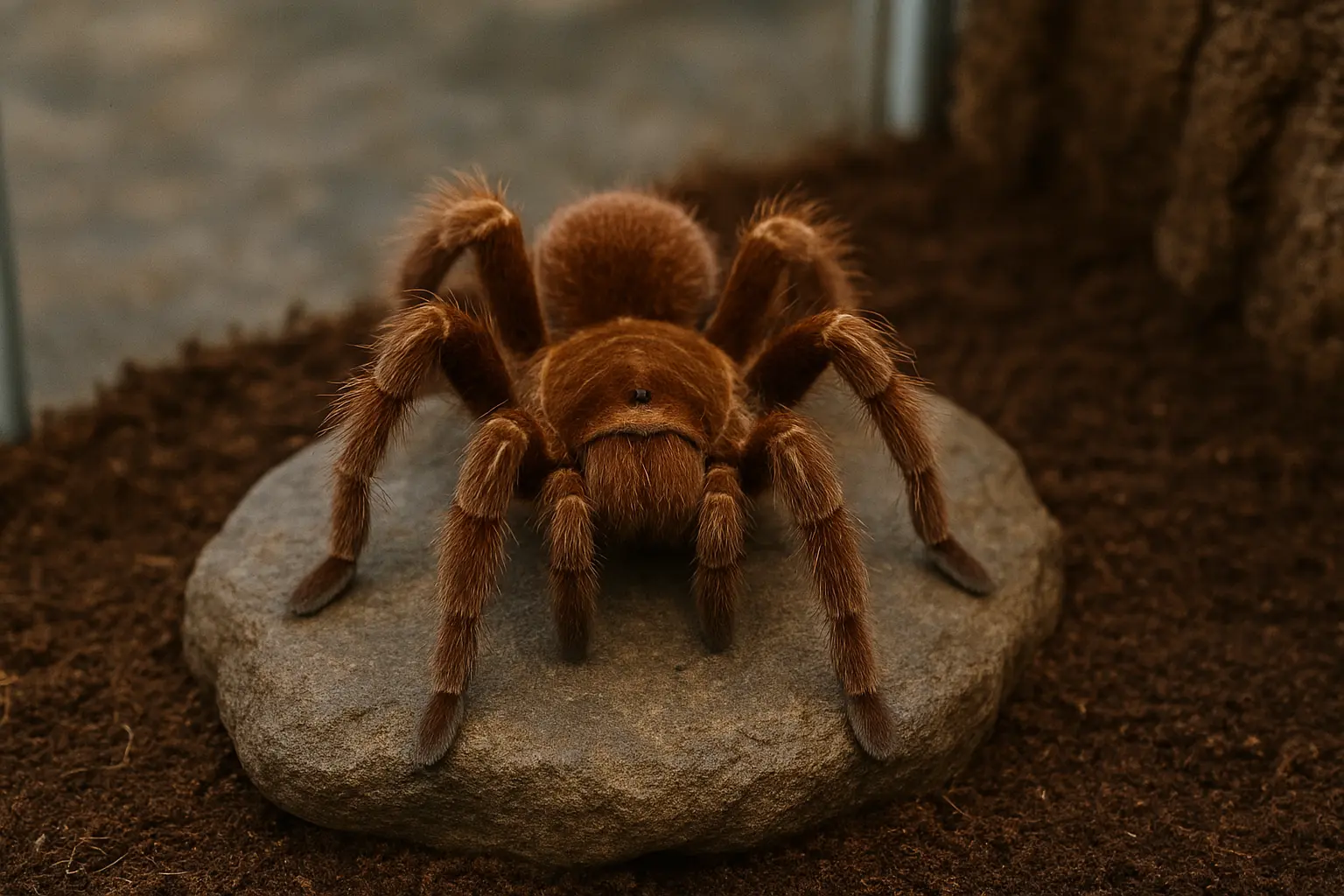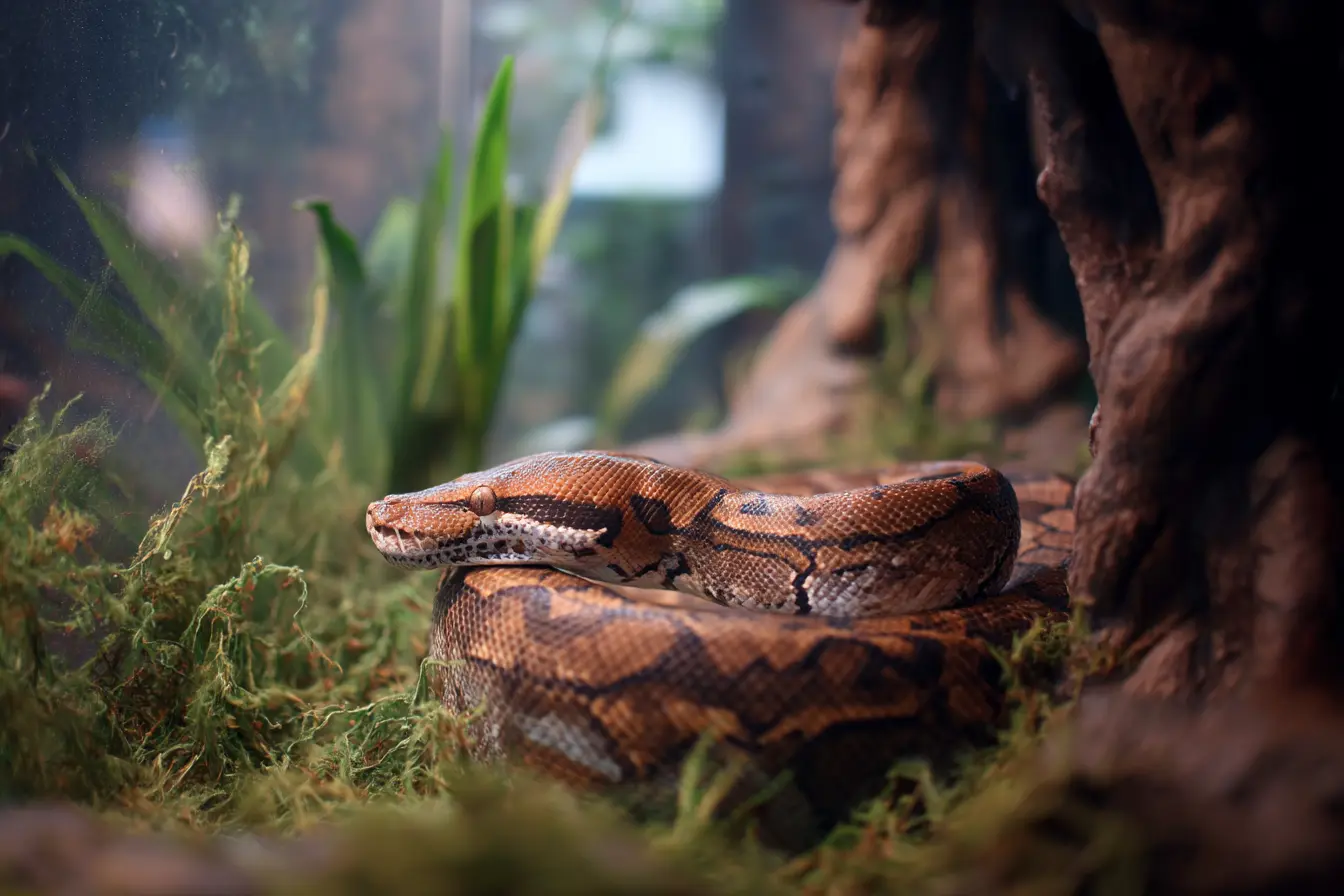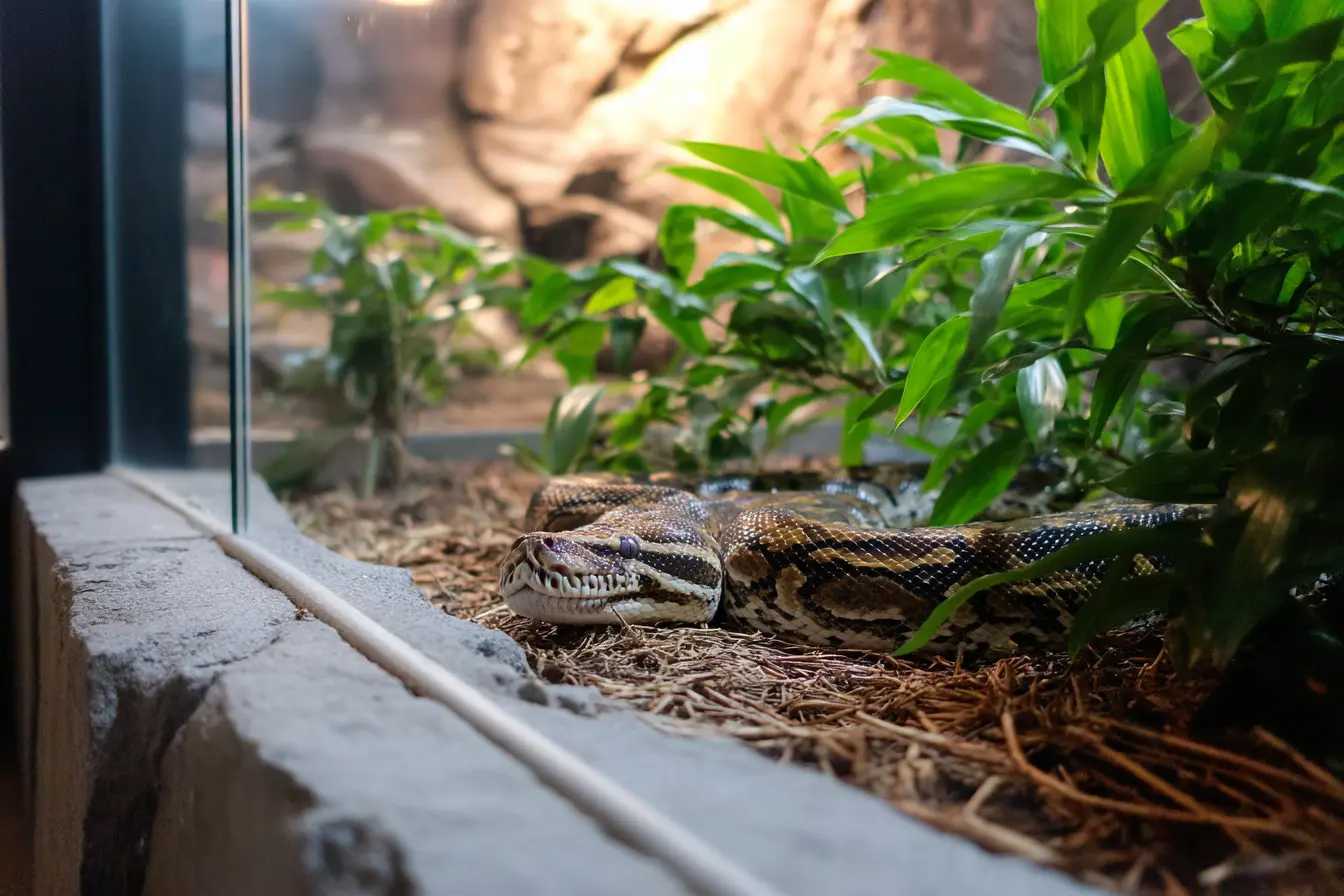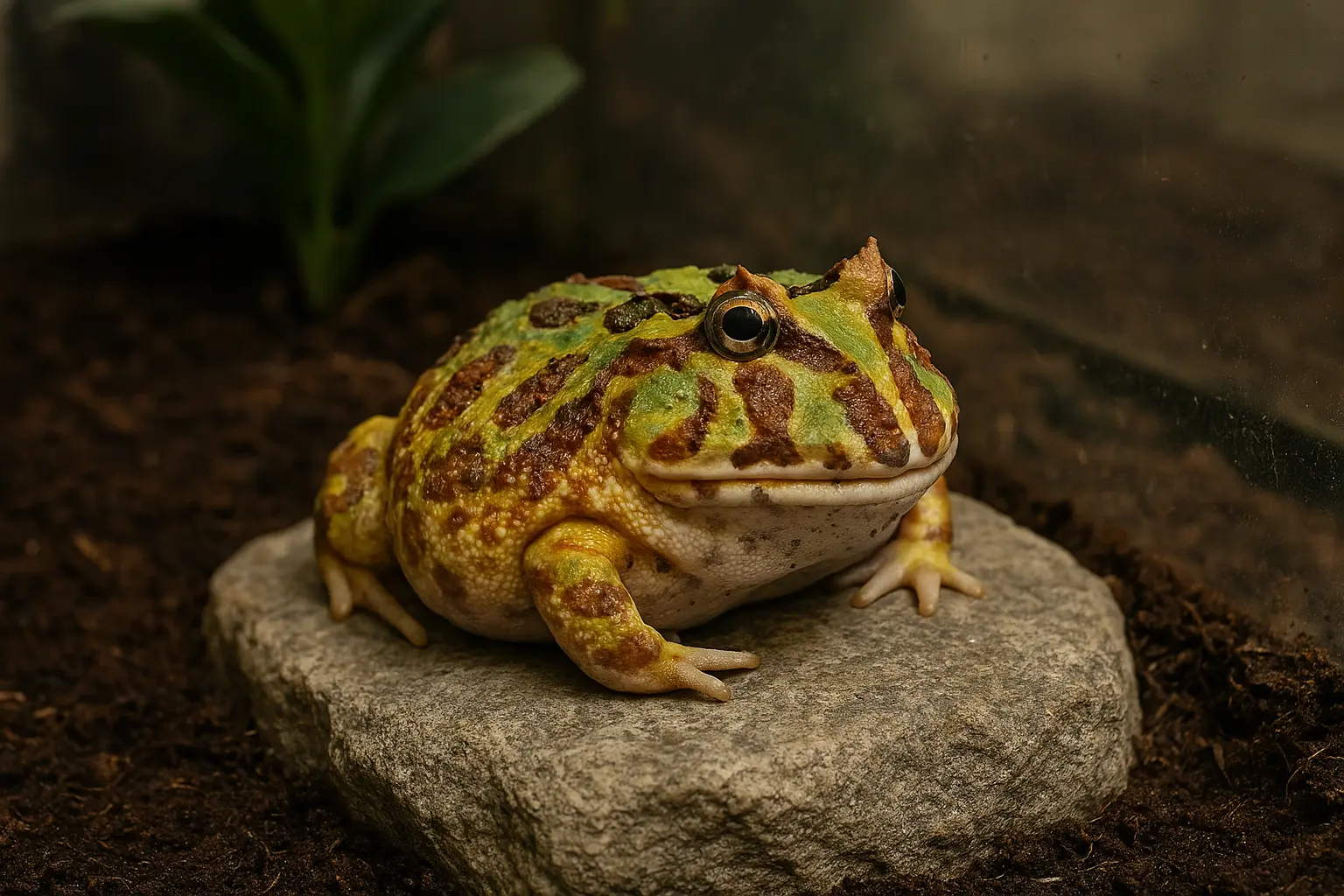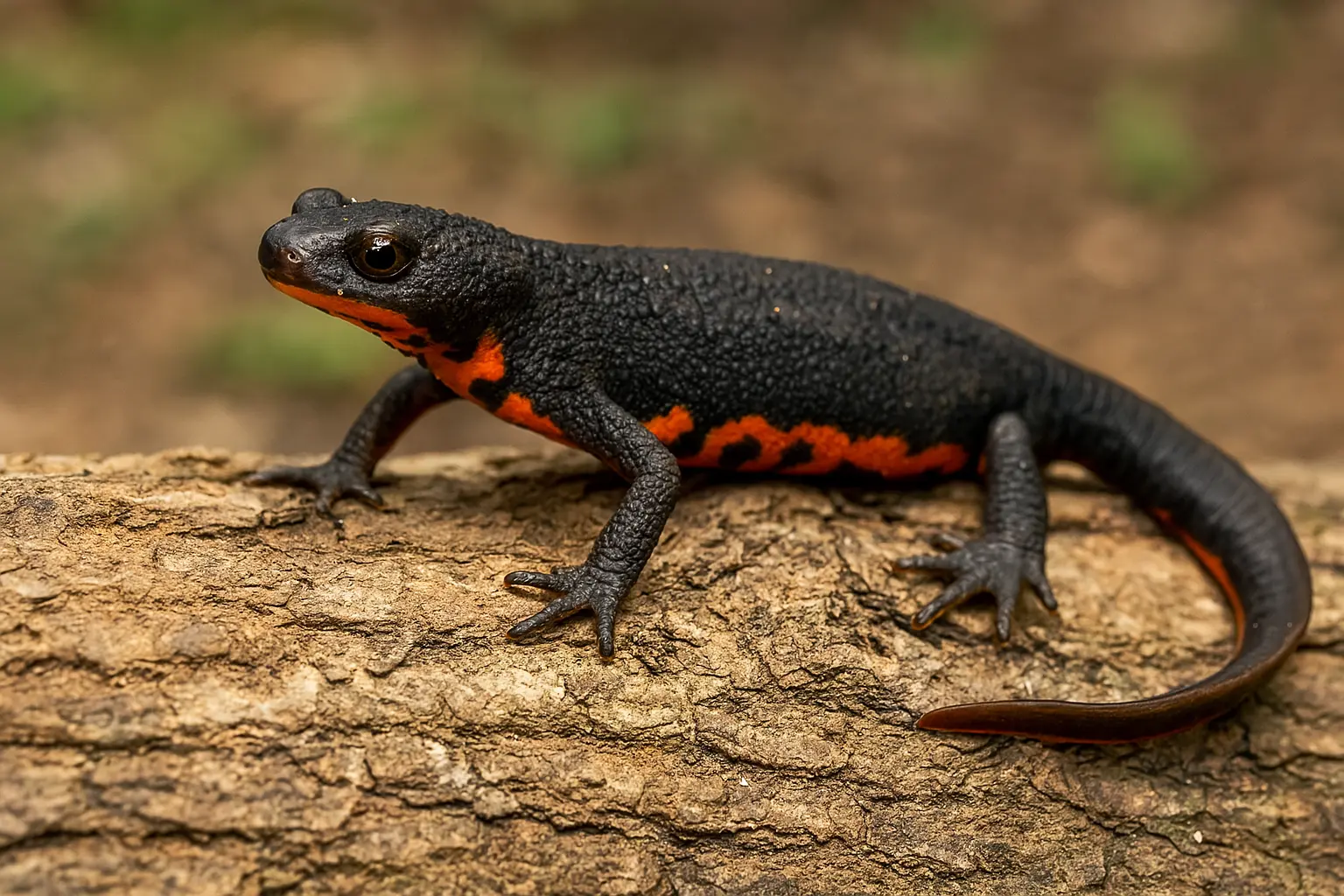
The Ultimate Guide to Caring for a Chinese Fire-Bellied Newt
Thinking of getting a Chinese fire-bellied newt (Cynops orientalis)? These small, semi-aquatic amphibians are fascinating pets, known for their striking black backs and bright orange or red bellies. However, they require specific care to thrive. This guide will cover everything you need to know to keep your newt happy and healthy.
Introduction to the Chinese Fire-Bellied Newt
Chinese fire-bellied newts are native to China and prefer cool, slow-moving waters such as ponds, rice paddies, and streams. They are often confused with the Japanese fire-bellied newt (Cynops pyrrhogaster), which is larger and has slightly different care requirements.
These newts are long-lived, often reaching 10 to 15 years in captivity with proper care. They remain relatively small, growing to about 7 to 10 cm (3 to 4 inches) in length.
Is a Chinese Fire-Bellied Newt Right for You?
Before committing to one, consider the following:
- They require specific environmental conditions and are not beginner-friendly.
- They are not interactive pets like dogs or cats. Handling them is discouraged, as they secrete toxins through their skin.
- They need a carefully maintained aquatic environment, which requires routine cleaning.
- They can live over a decade, making them a long-term commitment.
Housing Your Chinese Fire-Bellied Newt
Tank Setup
Chinese fire-bellied newts are primarily aquatic, but they still need some land area in their enclosure. A 50 litre tank is a good starting point for one or two newts, with an extra 5 litres per additional newt.
Key tank features:
- Water depth should be at least 15 cm but preferably deeper, as they are strong swimmers.
- A floating platform or shallow area using cork bark, smooth rocks, or a sloped substrate will allow them to haul out if needed.
- A secure lid is essential, as newts are excellent escape artists.
- A sponge filter or gentle filtration system will help maintain water quality without creating strong currents.
Water Conditions
Newts are sensitive to poor water quality, so maintaining their aquatic environment is crucial.
- Use dechlorinated water, as tap water contains chemicals harmful to amphibians.
- Keep water temperatures between 18 to 22°C. They do not require a heater unless your home gets very cold.
- A pH level between 6.5 and 7.5 is ideal.
- Perform regular water changes, replacing 20 to 30 percent of the water every week.
Substrate and Decorations
A bare-bottom tank is easiest to clean, but a fine sand or smooth gravel substrate can be used. Avoid sharp gravel, as newts can accidentally ingest it.
Live or artificial plants provide hiding spots and help create a natural environment. Driftwood and smooth rocks can also be added for enrichment.
Feeding Your Chinese Fire-Bellied Newt
Chinese fire-bellied newts are carnivorous and eat a diet of small invertebrates. In captivity, they thrive on a variety of live and frozen foods.
Recommended foods:
- Bloodworms (frozen or live)
- Earthworms (chopped for smaller newts)
- Blackworms
- Daphnia
- Brine shrimp
- Small waxworms or soft-bodied insects occasionally
Pelleted food designed for amphibians can be used as a supplement but should not be the main diet.
Feed adult newts every two to three days, offering only as much as they can eat in 10 to 15 minutes. Juveniles may need to be fed more frequently.
Handling and Interaction
Handling should be avoided as much as possible. Chinese fire-bellied newts have permeable skin that absorbs harmful substances from human hands. They also produce mild toxins that can cause skin irritation if not washed off. If handling is necessary, wear gloves and keep the time brief.
These newts are best enjoyed as observational pets. They will become more active and engaging when they recognise their owner as a source of food.
Veterinary Care and the Importance of a Specialist
Finding a qualified exotics or amphibian veterinarian is essential for ensuring your newt’s long-term health. Unlike common pets like dogs or cats, amphibians require specialised care, and not all vets have experience treating them.
Why You Need an Amphibian Specialist:
- Many general veterinarians lack experience diagnosing and treating amphibians.
- Symptoms of illness in newts can be subtle and difficult to detect.
- A specialist can perform faecal tests, skin scrapes, and other diagnostic procedures that a general vet may not offer.
- Amphibians have unique metabolic and immune systems, making proper diagnosis and treatment crucial.
When to See a Vet:
- Loss of appetite for more than a week
- Unusual floating or struggling to stay submerged
- White, cotton-like growths on the skin (fungal infection)
- Reddening of the skin or open sores (bacterial infection)
- Bloated appearance or difficulty moving
- Sudden lethargy or unresponsiveness
It’s best to find an amphibian vet before you need one. Research and locate a qualified vet in your area so you’re prepared in case of an emergency.
Health and Common Issues
Chinese fire-bellied newts are hardy if kept in proper conditions, but they can suffer from health issues if their environment is not maintained correctly.
Common health problems:
- Fungal infections – White cotton-like growths on the skin indicate a fungal infection, often caused by poor water quality or injury.
- Bacterial infections – Open sores or reddening of the skin may indicate an infection requiring veterinary treatment.
- Bloating and dropsy – Swelling of the body could be a sign of organ failure or infection.
- Impaction – Caused by swallowing gravel or substrate that is too large.
Maintaining clean water, providing a varied diet, and monitoring your newt’s behaviour will help prevent many health problems.
Breeding Chinese Fire-Bellied Newts
Breeding in captivity is possible but requires seasonal changes in temperature and water conditions. Males develop a swollen cloaca and become more active, while females lay eggs on aquatic plants or decor. Eggs hatch into aquatic larvae that require live food like baby brine shrimp or daphnia.
If you are not prepared for breeding, keeping only one sex of newts or removing eggs before they hatch can prevent unexpected offspring.
Where to Get a Chinese Fire-Bellied Newt
It is best to acquire captive-bred newts from a reputable breeder or specialist amphibian shop. Many Chinese fire-bellied newts in the pet trade are wild-caught, which can lead to stress, disease, and a decline in wild populations.
Avoid buying from general pet shops that do not provide proper care information. Always check for signs of illness or stress before purchasing.
Final Thoughts
Chinese fire-bellied newts are fascinating and rewarding pets for experienced keepers willing to maintain their specialised habitat. They require a cool, clean environment, a high-protein diet, and minimal handling. With proper care, these amphibians can live for well over a decade, providing years of enjoyment.
If you are prepared for the commitment and can provide the right conditions, a Chinese fire-bellied newt can be an excellent addition to your home.
Contents
- Introduction to the Chinese Fire-Bellied Newt
- Is a Chinese Fire-Bellied Newt Right for You?
- Housing Your Chinese Fire-Bellied Newt
- Feeding Your Chinese Fire-Bellied Newt
- Handling and Interaction
- Veterinary Care and the Importance of a Specialist
- Health and Common Issues
- Breeding Chinese Fire-Bellied Newts
- Where to Get a Chinese Fire-Bellied Newt
- Final Thoughts
Tags
Vets near you
Speciality vets
- Aquatics vet specialists
- Birds vet specialists
- Camelids vet specialists
- Cats vet specialists
- Cattle vet specialists
- Deer vet specialists
- Dogs vet specialists
- Equines vet specialists
- Exotic vet specialists
- Goats vet specialists
- Pigs vet specialists
- Poultry vet specialists
- Sheep vet specialists
- Small Mammals vet specialists
- Wild vet specialists
